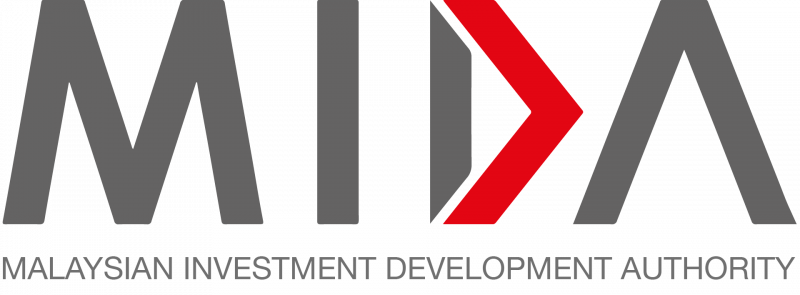Selangor recorded RM30.82 billion worth of local and foreign investments between January 2020 and June 2022, the State Legislative Assembly was told today.
Chairman of the Standing Committee on Investment, Trade, Industry and Small and Medium Industries Datuk Teng Chang Khim said as many as 689 manufacturing projects were approved in the state in the same period.
“Local investments reached RM19.160 billion while a total of RM11.659 billion was recorded from foreign investments in addition to the creation of 39,287 potential job opportunities,” he said.
Teng was responding to a question from Elizabeth Wong Keat Ping (PH-Bukit Lanjan) who wanted to know the total investment amount received by the state government since 2020.
He also said the types of industrial sectors that are the focus for investors are life sciences, food and beverage manufacturing, electrical and electronic product manufacturing, transport equipment, and machinery and equipment.
“Apart from that, two new industries have also been identified to potentially boost Selangor as an investment destination, namely logistics services and digital investment which includes Global Business Services, Data Centre and Creative Content Technology,” he said.
Teng noted that his side through Invest Selangor is currently conducting a study to re-evaluate the sectors that were the focus previously and explore potential new industries.
“It is Selangor’s strength to be promoted in the future in an effort to attract investments in various potential sectors,” he said.
Source: Bernama
Selangor notched RM30.8b in investments from 2020 to June 2022, state assembly told
Content Type:
Duration:


